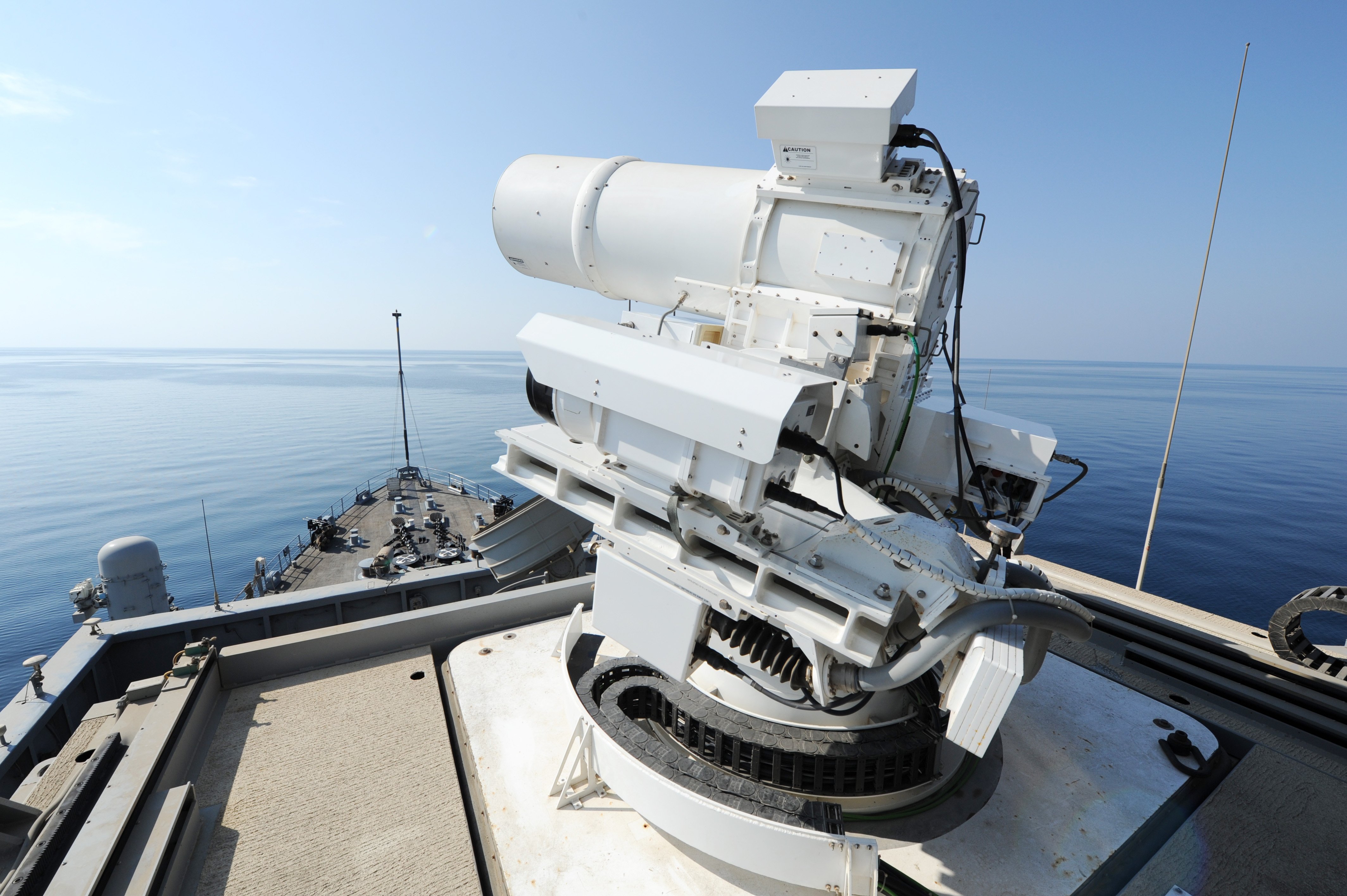Jura The idiot
General
The US Navy, facing a shortfall, aims to ink an enormous attack sub contract next month
very interesting, considering Oct 28, 2018
very interesting, considering Oct 28, 2018
and so on:quoting from p. 18 of
An Analysis of
the Navy’s
Fiscal Year 2019
Shipbuilding Plan
:
"Under the 2019 shipbuilding plan, submarines would
consume the lion’s share of shipbuilding funds over
the next 30 years—almost half of the amount needed
for new-ship construction (see
Table 6). The Navy
currently operates 14 Ohio class ballistic missile
submarines, 4 Ohio class guided missile submarines
(SSGNs) modified from the SSBN version, and
50 attack submarines of several classes. Over the next
three decades, the Navy plans to buy 12 new SSBNs,
with the first purchase occurring in 2021. In a major
departure from the last five shipbuilding plans, the Navy
also wants to purchase 5 “large payload submarines”
that are intended to replace the capability provided
by the SSGNs that will be retired in the mid- to late
2020s. It also plans to buy 60 new attack submarines,
including 30 Virginia class submarines that will carry
more weapons than existing Virginias and 30 attack
submarines of a new, advanced design. Production of
those ships is set to begin in 2034."
and here's the chart (p. 12; 16 of 33 in PDF):

...
The U.S. Navy is preparing to sign a contract with General Dynamics Electric Boat and subcontractor for the next tranche of , according to budget documents submitted to Congress this week.
The 10-ship contract, which will include the 84-foot Virginia Payload Module upgrades, is planned for April, the documents say. The VPM is designed to triple the capacity of the Virginia-class subs, a move designed to offset the pending retirement of the Ohio-class guided-missile subs, which have 154-Tomahawk capacity . Each Virginia Payload Module sub will have a 40-Tomahawk loadout.
The first Virginia Payload Module ship, SSN-803, was awarded last year and is planned for a 2025 delivery, the documents say.
The contract is sure to be the largest submarine contract since 2014, when the Navy signed a 10-sub, $17.6 billion contract with Electric Boat and HII for the Block IV Virginia subs. The first of the , the attack submarine Vermont, is slated to be delivered in October, according to budget materials, with the final Block IV slated to be delivered in 2023.
The contract could still face delays, however. Last year’s budget materials listed the contract date for the Block V boats as October 2018, which has come and gone.
The Navy is pushing to boost attack submarine production ahead of an expected dip in attack boat numbers. The Navy expects to drop from 52 to 42 attack boats by the late 2020s, a move that prompted the Navy this year and bump the start of LPD Flight II construction.
The Navy’s top officer said the move is meant to get the Navy closer to its required SSN levels.
“We’re much farther away from our war-fighting requirement in SSNs than we are in amphibs," Chief of Naval Operations Adm. John Richardson said at a March 13 roundtable. “So that was just a war-fighting priority.”
Richardson also sounded a cautious note on service-life extensions for Los Angeles-class attack submarines, saying the service is looking at each sub individually.
“It’s kind of a case-by-case basis,” Richardson said. "These submarines, the usage over their life is varying. You have to do it hull by hull. Overall, though, I’m pretty optimistic that that’s going to help us meet our requirements and attack submarine numbers.”


